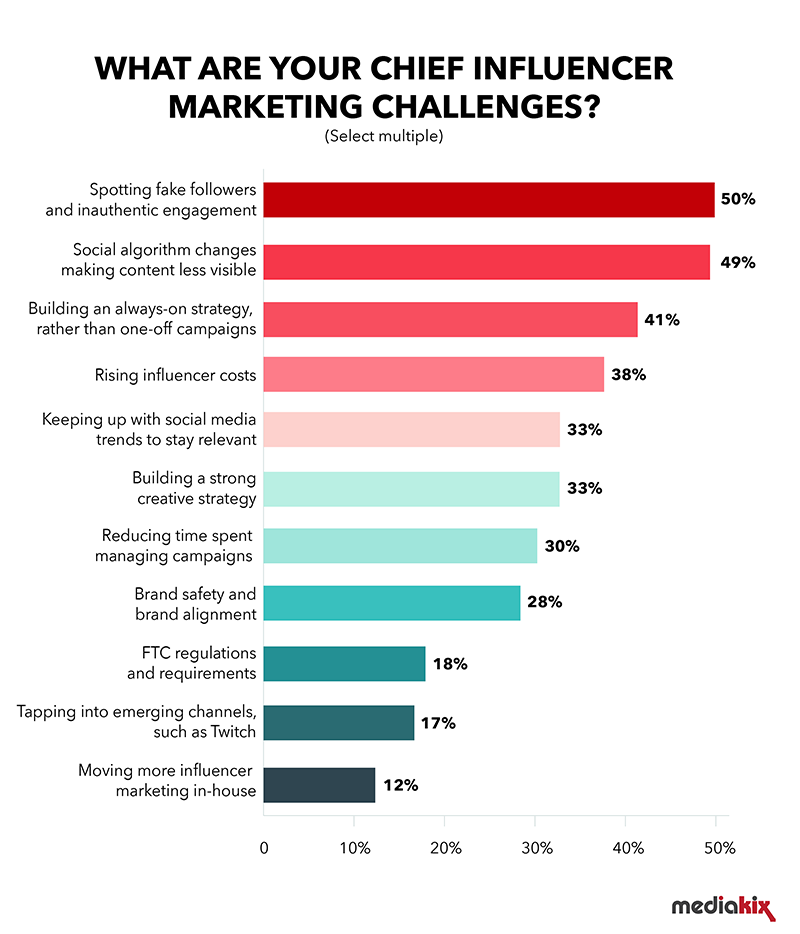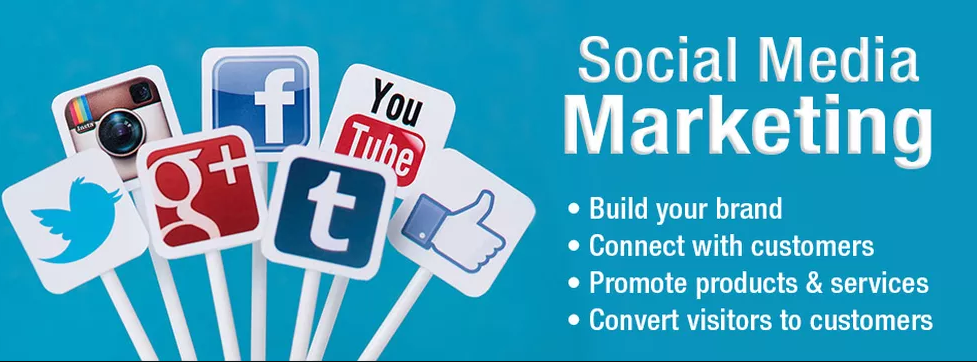
A strategy is necessary to help you achieve your goals in content marketing. A content calendar, KPIs, and goals should be set to guide content marketing. These steps will help guide you in determining who you want and how to get there. Once you have this information, you can start to plan how to get there.
A content marketing strategy
A successful content marketing strategy involves developing an editorial calendar and scheduling regular content. This involves planning out what content will appeal to your target audience, identifying their needs, and writing quality for each piece. One key component to a successful marketing campaign is consistency. Consistency is key to a successful marketing strategy. Having enough content available for publication on a regular schedule will allow you to maintain a steady stream. It is important that you consider the stages of life and how they consume content.
Setting SMART goals
Setting SMART goals is crucial when planning your content marketing strategy. The SMART goals should be specific and measurable. They must also be realistic, achievable, realistic, time-bound, and attainable. This framework will help keep you on track and measure your success. It is important to set goals that are achievable and challenging. It's also important to make them time-bound to help you stay on track.

Defining KPIs
A content marketing strategy can't be complete without metrics. Page views are a simple metric that you can use to track your progress. You can segment traffic by channel, and see which channels are driving more traffic. This allows you to track the results of your marketing efforts. But it is not enough to know the number of page views; you also need to consider other metrics, like conversion rates, to fully understand the effectiveness of your content marketing.
Create a content calendar
To create consistent, high-quality content for your business, it is important to establish a content plan. This can help you identify topics and trends that are most popular. It can help you plan the publication and repurposing of your content across different channels. Using a content calendar can help you manage your content production process more efficiently. This calendar will help you pinpoint gaps in your content marketing strategy. It will also alert you to excellent copy ahead of time. It is also a great way to track content output and identify collaboration opportunities.
Attracting new members
An effective content marketing strategy can help you draw people to your website, and increase sales. Content marketing encompasses many formats such as videos, photographs, and articles. Your strategy will determine which types of content are most beneficial to your business and which won't. Your content distribution channels and goals can be defined. Your content should be helpful to your target audience in order for you to attract people. In the following paragraphs, we will discuss some of the benefits of content marketing.

FAQ
What is the role of a content strategist?
A content strategist can help you to understand what people are searching for online. They make sure your website is optimized for search engines to help you rank high. They also create content to be used on social media sites like Facebook, Twitter and others. They also write copy for advertisements, blogs, websites and other media.
A content strategist collaborates with a marketing team to help organize a plan for the company’s online presence. Although content strategists are able to work on their own, they often collaborate with the marketing team to make sure that every piece of content is effective.
What is Content Marketing?
This strategy involves creating relevant and valuable content for your blog or website. This content includes videos, images, text, infographics, etc., and it helps you attract new customers and keep existing ones engaged.
What are the different content strategies available?
Content strategy is an umbrella term used to describe all aspects of how you create, manage, distribute, measure, and optimize content for digital channels. It encompasses more than what you post on social networks like Facebook and Twitter. It also includes what content you select to highlight on your blog, website, and other online properties.
Content strategy is vital because it determines how you will focus your time and effort, the content types you should use, as well as what message you send to your target audiences.
It's about understanding how content fits into the overall business goals and objectives to help you achieve them.
Is content marketing successful?
Yes! Hubspot says that Content Marketing is now one of the most effective digital marketing channels to generate leads.
Why is content marketing important?
Content Marketing is not just about creating good quality content for the sake of it. It is about building relationships and engaging with people on a personal level. This requires an in-depth understanding of online behavior.
And this is precisely what Content Marketing Strategy does. Content Marketing Strategy will help you to understand the psychology of your customers in order to best engage them.
You can also improve your conversion rates to increase profits.
But why would you want to invest in a Content Marketing Strategy when plenty of other options are available?
Content marketing strategy is more effective than any other form of marketing.
So, whether you want to build brand awareness or sell products, a well-executed Content Marketing Strategy is the way to go.
Statistics
- Content marketing produces 3X more leads per dollar spent. Content marketing costs 62% less than traditional marketing. (criteo.com)
- An example of an overarching goal could be: "In 2022, we want to achieve a 20% increase in revenue created by organic content and generate 15,000 MQLs with a budget of $30,000." (semrush.com)
- We found that 40% of businesses don't have a documented strategy yet. (semrush.com)
- Out of the 1,500 marketers we surveyed for our State of Content Marketing report, 78% who felt their content marketing strategy was exceptionally effective in 2021 had documented their strategy. (semrush.com)
- Measure your goals with a progress indicator of 0-100%. Make your goals collaborative and transparent (semrush.com)
- This marketing strategy landed Ford a 15.4% conversion rate. (neilpatel.com)
- To further show the importance of this, 89% of people have stopped doing business with a company because of a poor experience. (neilpatel.com)
- According to research compiled by Coschedule: Companies that publish 16+ blog posts a month get as much as 3.5x as much traffic as those that publish 0-4 posts a month. (criteo.com)
External Links
How To
Infographic Creation Tips for Content Marketing
Infographics are one of the most effective ways to explain complex concepts simply, making information easy to understand. Use infographics as a tool to promote your content marketing message.
To create an infographic, Adobe Illustrator or Photoshop is required. These programs can be used to create different shapes and elements that represent your data. Then, you can add colors and fonts to make it look great. Once your design has been created, you can start uploading images from Unsplash/Pixabay to incorporate into it.
Online infographics can be a great source of inspiration. For example, if you want to show how many calories are in certain foods, you could take a picture of a food pyramid and replace the numbers with pictures of those foods. Another option is to take a picture of a can of Coke and look at how much sugar it contains.
After you have created your infographic, it can be shared through social media channels such as Facebook and Twitter. This will make it easier for people who don't know the concept to get familiar with it. In order to make others see your infographic, use hashtags when you post it on social media. Hashtags allow users to follow along with conversations surrounding specific topics.
You can make infographics shorter if your posts are short. An average blog post will be between 2000 and 5000 words. An infographic, however, only needs 500 to 1000 words. This means you can easily convey more information with less space.
Your infographic should be easy to read for some viewers. Make sure you use large enough fonts and don't rely too heavily on color for your graphics. It is important that all text is legible.
Here are some other tips.
-
Choose an Infographic Design Template. There are many free templates available online and in printable formats. Canva and Piktochart are some of the most popular.
-
Make your Infographic. Use the template below to create your infographic. You can use any kind of media that you feel is appropriate for your audience. For example, creating an infographic about the best places to eat in Seattle might choose photos of local restaurants.
-
Add text. After creating your infographic, add text with Microsoft Word, PowerPoint, and Canva.
-
Add Images. Add images to your infographic. You can add images to your infographic. Make sure your picture is relevant to the topic you are adding.
-
Make It Interactive. You can add interactive elements, such as maps, buttons, and links. This will help engage your audience.
-
Share. Share the infographic once you're done.
-
Measure. Do you know how well your infographic performed? Did people click through to your website? Are they signing up for your email newsletter? What was their reaction when you showed them your infographic
-
Improve. Do you think there are ways to improve your infographics Are you able to do it better the next time?
-
Repeat. Repeat.